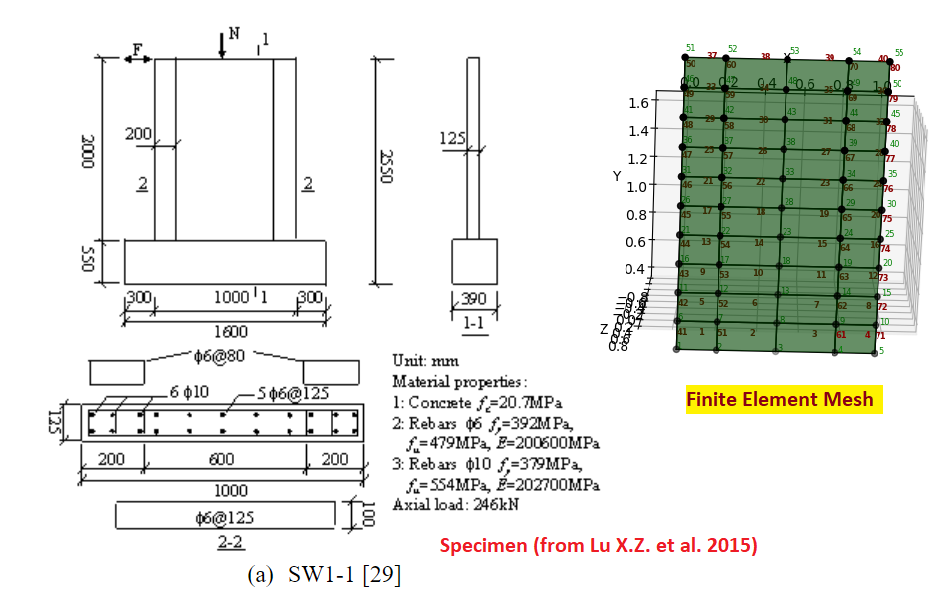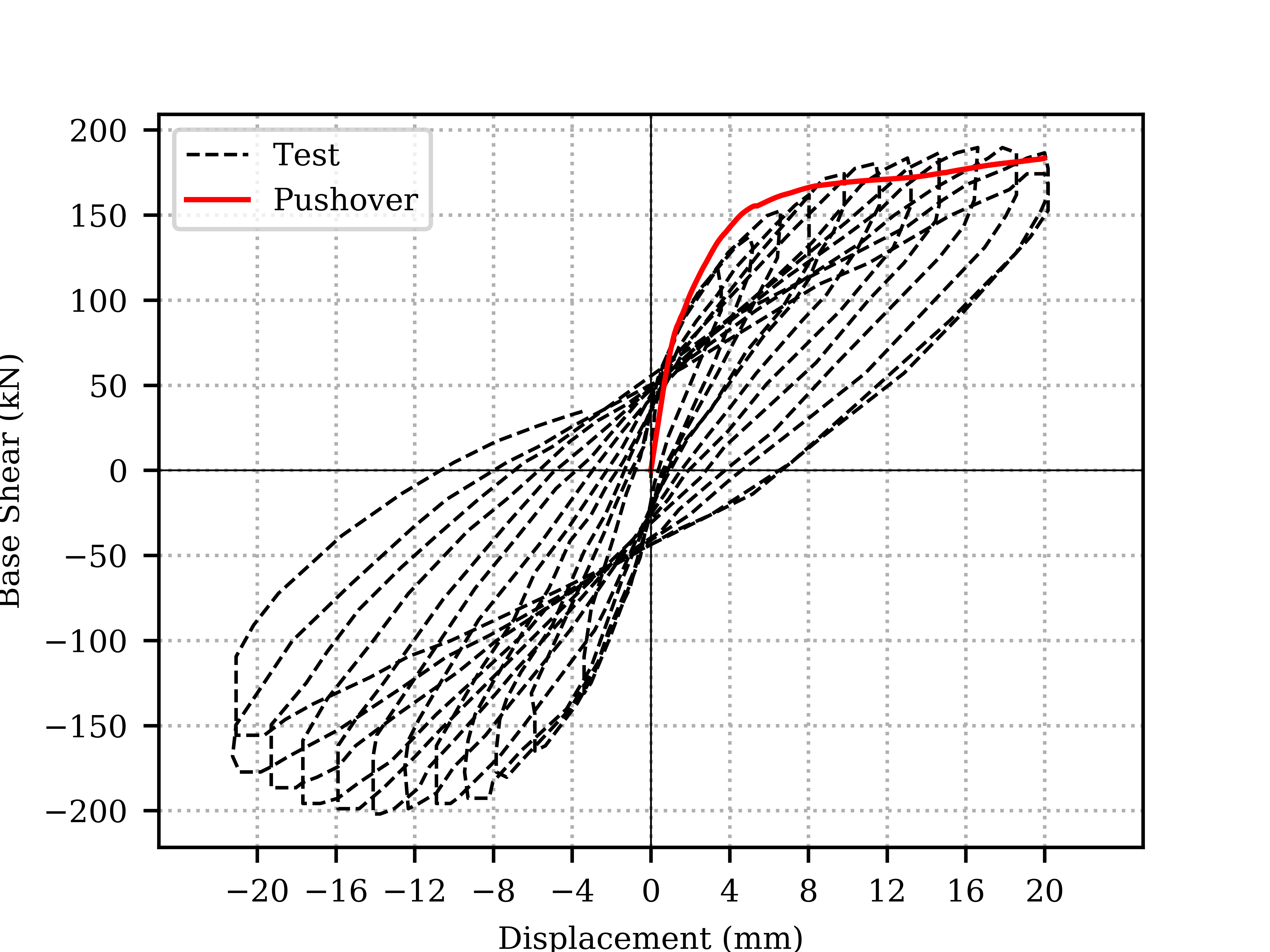1
2
3
4
5
6
7
8
9
10
11
12
13
14
15
16
17
18
19
20
21
22
23
24
25
26
27
28
29
30
31
32
33
34
35
36
37
38
39
40
41
42
43
44
45
46
47
48
49
50
51
52
53
54
55
56
57
58
59
60
61
62
63
64
65
66
67
68
69
70
71
72
73
74
75
76
77
78
79
80
81
82
83
84
85
86
87
88
89
90
91
92
93
94
95
96
97
98
99
100
101
102
103
104
105
106
107
108
109
110
111
112
113
114
115
116
117
118
119
120
121
122
123
124
125
126
127
128
129
130
131
132
133
134
135
136
137
138
139
140
141
142
143
144
145
146
147
148
149
150
151
152
153
154
155
156
157
158
159
160
161
162
163
164
165
166
167
168
169
170
171
172
173
174
175
176
177
178
179
180
181
182
183
184
185
186
187
188
189
190
191
192
193
194
195
196
197
198
199
200
201
202
203
204
205
206
207
208
209
210
211
212
213
214
215
216
217
218
219
220
221
222
223
224
225
226
227
228
229
230
231
232
233
234
235
236
237
238
239
240
241
242
243
244
245
246
247
248
249
250
251
252
253
254
255
256
257
258
259
260
261
262
263
264
265
266
267
268
269
270
271
272
273
274
275
276
277
278
279
280
281
282
283
284
285
286
287
288
289
290
291
292
293
294
295
296
297
298
299
300
301
302
303
304
305
306
307
308
309
310
311
312
313
314
315
316
317
318
319
320
321
322
323
324
325
326
327
328
329
330
331
332
333
334
335
336
337 |
# Converted to openseespy by: Anurag Upadhyay, University of Utah.
# Units: N and m to follow the originally published code.
from openseespy.postprocessing.Get_Rendering import *
from openseespy.opensees import *
import numpy as np
import matplotlib.pyplot as plt
import os
import math
pi = 3.1415
AnalysisType = "Pushover" # Cyclic Pushover Gravity
wipe()
model('basic','-ndm',3,'-ndf',6)
###################################
## Define Material
###################################
# Define PSUMAT and convert it to plane stress material
nDMaterial('PlaneStressUserMaterial',1,40,7,20.7e6,2.07e6,-4.14e6,-0.002,-0.01,0.001,0.3)
nDMaterial('PlateFromPlaneStress',4,1,1.25e10)
# Define material for rebar
uniaxialMaterial('Steel02',7,379e6,202.7e9,0.01,18.5,0.925,0.15)
uniaxialMaterial('Steel02',8,392e6,200.6e9,0.01,18.5,0.925,0.15)
# Convert rebar material to plane stress/plate rebar
# Angle 0 is for vertical rebar and 90 is for horizontal rebar
nDMaterial('PlateRebar',9,7,90.0)
nDMaterial('PlateRebar',10,8,90.0)
nDMaterial('PlateRebar',11,8,0.0)
# Define LayeredShell sections. Section 1 is used for the special boundary elements and section 2 is used for the unconfined interior wall portion
section('LayeredShell',1,10,4,0.0125,11,0.0002403,11,0.0003676,4,0.024696,4,0.024696,4,0.024696,4,0.024696,11,0.0003676,11,0.0002403,4,0.0125)
section('LayeredShell',2,8,4,0.0125,11,0.0002403,10,0.0002356,4,0.0495241,4,0.0495241,10,0.0002356,11,0.0002403,4,0.0125)
# ##################
# NODES
# ##################
#define nodes
node(1,0.0,0,0)
node(2,0.2,0,0)
node(3,0.5,0,0)
node(4,0.8,0,0)
node(5,1.0,0,0)
node(6,0.0,0.2,0)
node(7,0.2,0.2,0)
node(8,0.5,0.2,0)
node(9,0.8,0.2,0)
node(10,1.0,0.2,0)
node(11,0.0,0.4,0)
node(12,0.2,0.4,0)
node(13,0.5,0.4,0)
node(14,0.8,0.4,0)
node(15,1.0,0.4,0)
node(16,0.0,0.6,0)
node(17,0.2,0.6,0)
node(18,0.5,0.6,0)
node(19,0.8,0.6,0)
node(20,1.0,0.6,0)
node(21,0.0,0.8,0)
node(22,0.2,0.8,0)
node(23,0.5,0.8,0)
node(24,0.8,0.8,0)
node(25,1.0,0.8,0)
node(26,0.0,1.0,0)
node(27,0.2,1.0,0)
node(28,0.5,1.0,0)
node(29,0.8,1.0,0)
node(30,1.0,1.0,0)
node(31,0.0,1.2,0)
node(32,0.2,1.2,0)
node(33,0.5,1.2,0)
node(34,0.8,1.2,0)
node(35,1.0,1.2,0)
node(36,0.0,1.4,0)
node(37,0.2,1.4,0)
node(38,0.5,1.4,0)
node(39,0.8,1.4,0)
node(40,1.0,1.4,0)
node(41,0.0,1.6,0)
node(42,0.2,1.6,0)
node(43,0.5,1.6,0)
node(44,0.8,1.6,0)
node(45,1.0,1.6,0)
node(46,0.0,1.8,0)
node(47,0.2,1.8,0)
node(48,0.5,1.8,0)
node(49,0.8,1.8,0)
node(50,1.0,1.8,0)
node(51,0.0,2.0,0)
node(52,0.2,2.0,0)
node(53,0.5,2.0,0)
node(54,0.8,2.0,0)
node(55,1.0,2.0,0)
##########################
# ELEMENTS
##########################
ShellType = "ShellNLDKGQ"
# ShellType = "ShellMITC4"
element(ShellType,1,1,2,7,6,1)
element(ShellType,2,2,3,8,7,2)
element(ShellType,3,3,4,9,8,2)
element(ShellType,4,4,5,10,9,1)
element(ShellType,5,6,7,12,11,1)
element(ShellType,6,7,8,13,12,2)
element(ShellType,7,8,9,14,13,2)
element(ShellType,8,9,10,15,14,1)
element(ShellType,9,11,12,17,16,1)
element(ShellType,10,12,13,18,17,2)
element(ShellType,11,13,14,19,18,2)
element(ShellType,12,14,15,20,19,1)
element(ShellType,13,16,17,22,21,1)
element(ShellType,14,17,18,23,22,2)
element(ShellType,15,18,19,24,23,2)
element(ShellType,16,19,20,25,24,1)
element(ShellType,17,21,22,27,26,1)
element(ShellType,18,22,23,28,27,2)
element(ShellType,19,23,24,29,28,2)
element(ShellType,20,24,25,30,29,1)
element(ShellType,21,26,27,32,31,1)
element(ShellType,22,27,28,33,32,2)
element(ShellType,23,28,29,34,33,2)
element(ShellType,24,29,30,35,34,1)
element(ShellType,25,31,32,37,36,1)
element(ShellType,26,32,33,38,37,2)
element(ShellType,27,33,34,39,38,2)
element(ShellType,28,34,35,40,39,1)
element(ShellType,29,36,37,42,41,1)
element(ShellType,30,37,38,43,42,2)
element(ShellType,31,38,39,44,43,2)
element(ShellType,32,39,40,45,44,1)
element(ShellType,33,41,42,47,46,1)
element(ShellType,34,42,43,48,47,2)
element(ShellType,35,43,44,49,48,2)
element(ShellType,36,44,45,50,49,1)
element(ShellType,37,46,47,52,51,1)
element(ShellType,38,47,48,53,52,2)
element(ShellType,39,48,49,54,53,2)
element(ShellType,40,49,50,55,54,1)
# P-delta columns
element('truss',41,1,6,223.53e-6,7)
element('truss',42,6,11,223.53e-6,7)
element('truss',43,11,16,223.53e-6,7)
element('truss',44,16,21,223.53e-6,7)
element('truss',45,21,26,223.53e-6,7)
element('truss',46,26,31,223.53e-6,7)
element('truss',47,31,36,223.53e-6,7)
element('truss',48,36,41,223.53e-6,7)
element('truss',49,41,46,223.53e-6,7)
element('truss',50,46,51,223.53e-6,7)
element('truss',51,2,7,223.53e-6,7)
element('truss',52,7,12,223.53e-6,7)
element('truss',53,12,17,223.53e-6,7)
element('truss',54,17,22,223.53e-6,7)
element('truss',55,22,27,223.53e-6,7)
element('truss',56,27,32,223.53e-6,7)
element('truss',57,32,37,223.53e-6,7)
element('truss',58,37,42,223.53e-6,7)
element('truss',59,42,47,223.53e-6,7)
element('truss',60,47,52,223.53e-6,7)
element('truss',61,4,9,223.53e-6,7)
element('truss',62,9,14,223.53e-6,7)
element('truss',63,14,19,223.53e-6,7)
element('truss',64,19,24,223.53e-6,7)
element('truss',65,24,29,223.53e-6,7)
element('truss',66,29,34,223.53e-6,7)
element('truss',67,34,39,223.53e-6,7)
element('truss',68,39,44,223.53e-6,7)
element('truss',69,44,49,223.53e-6,7)
element('truss',70,49,54,223.53e-6,7)
element('truss',71,5,10,223.53e-6,7)
element('truss',72,10,15,223.53e-6,7)
element('truss',73,15,20,223.53e-6,7)
element('truss',74,20,25,223.53e-6,7)
element('truss',75,25,30,223.53e-6,7)
element('truss',76,30,35,223.53e-6,7)
element('truss',77,35,40,223.53e-6,7)
element('truss',78,40,45,223.53e-6,7)
element('truss',79,45,50,223.53e-6,7)
element('truss',80,50,55,223.53e-6,7)
# Fix all bottom nodes
fixY(0.0,1,1,1,1,1,1)
# plot_model()
recorder('Node','-file','ReactionPY.txt','-time','-node',1,2,3,4,5,'-dof',1,'reaction')
############################
# Gravity Analysis
############################
print("running gravity")
timeSeries("Linear", 1) # create TimeSeries for gravity analysis
pattern('Plain',1,1)
load(53,0,-246000.0,0.0,0.0,0.0,0.0) # apply vertical load
recorder('Node','-file','Disp.txt','-time','-node',53,'-dof',1,'disp')
constraints('Plain')
numberer('RCM')
system('BandGeneral')
test('NormDispIncr',1.0e-4,200)
algorithm('BFGS','-count',100)
integrator('LoadControl',0.1)
analysis('Static')
analyze(10)
print("gravity analysis complete...")
loadConst('-time',0.0) # Keep the gravity loads for further analysis
wipeAnalysis()
###############################
### Cyclic ANALYSIS
###############################
if(AnalysisType=="Cyclic"):
# This is a load controlled analysis. The input load file "RCshearwall_Load_input.txt" should be in the
# .. same folder as the model file.
print("<<<< Running Cyclic Analysis >>>>")
timeSeries('Path',2,'-dt',0.1,'-filePath','RCshearwall_Load_input.txt')
pattern('Plain',2,2)
sp(53,1,1) # construct a single-point constraint object added to the LoadPattern.
constraints('Penalty',1e20,1e20)
numberer('RCM')
system('BandGeneral')
test('NormDispIncr',1e-05, 100, 1)
algorithm('KrylovNewton')
integrator('LoadControl',0.1)
analysis('Static')
analyze(700)
#######################
# PUSHOVER ANALYSIS
#######################
if(AnalysisType=="Pushover"):
print("<<<< Running Pushover Analysis >>>>")
# create a plain load pattern for pushover analysis
pattern("Plain", 2, 1)
ControlNode=53
ControlDOF=1
MaxDisp= 0.020
DispIncr=0.00001
NstepsPush=int(MaxDisp/DispIncr)
load(ControlNode, 1.00, 0.0, 0.0, 0.0, 0.0, 0.0) # Apply a unit reference load in DOF=1
system("BandGeneral")
numberer("RCM")
constraints('Penalty',1e20,1e20)
integrator("DisplacementControl", ControlNode, ControlDOF, DispIncr)
algorithm('KrylovNewton')
test('NormDispIncr',1e-05, 1000, 2)
analysis("Static")
# Create a folder to put the output
PushDataDir = r'PushoverOut'
if not os.path.exists(PushDataDir):
os.makedirs(PushDataDir)
recorder('Node', '-file', "PushoverOut/React.out", '-closeOnWrite', '-node', 1, 2, 3, 4, 5, '-dof',1, 'reaction')
recorder('Node', '-file', "PushoverOut/Disp.out", '-closeOnWrite', '-node', ControlNode, '-dof',1, 'disp')
# Perform pushover analysis
dataPush = np.zeros((NstepsPush+1,5))
for j in range(NstepsPush):
analyze(1)
dataPush[j+1,0] = nodeDisp(ControlNode,1)*1000 # Convert to mm
dataPush[j+1,1] = -getLoadFactor(2)*0.001 # Convert to kN
# Read test output data to plot
Test = np.loadtxt("RCshearwall_TestOutput.txt", delimiter="\t", unpack="False")
## Set parameters for the plot
plt.rcParams.update({'font.size': 7})
plt.figure(figsize=(4,3), dpi=100)
plt.rc('font', family='serif')
plt.plot(Test[0,:], Test[1,:], color="black", linewidth=0.8, linestyle="--", label='Test')
plt.plot(dataPush[:,0], -dataPush[:,1], color="red", linewidth=1.2, linestyle="-", label='Pushover')
plt.axhline(0, color='black', linewidth=0.4)
plt.axvline(0, color='black', linewidth=0.4)
plt.xlim(-25, 25)
plt.xticks(np.linspace(-20,20,11,endpoint=True))
plt.grid(linestyle='dotted')
plt.xlabel('Displacement (mm)')
plt.ylabel('Base Shear (kN)')
plt.legend()
plt.savefig("PushoverOut/RCshearwall_PushoverCurve.png",dpi=1200)
plt.show()
print("Pushover analysis complete")
|

